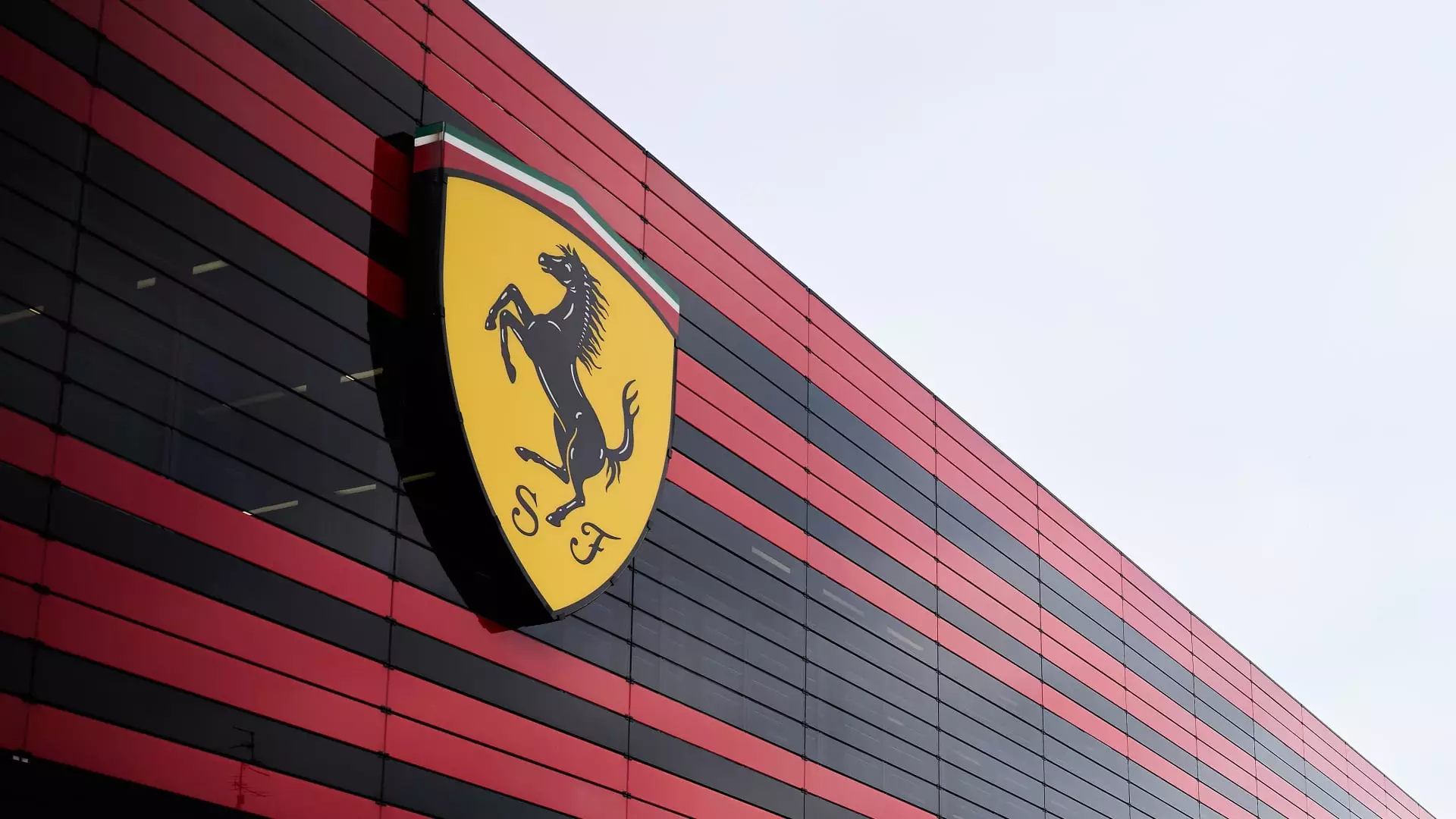In an audacious response to recent U.S. auto tariffs announced by President Trump, Ferrari has decided to raise prices on certain models by 10%, adding a staggering $50,000 to the price tag of a typical luxury vehicle. This announcement has sent seismic waves through the premium automotive market, stirring debates about consumer behavior in the luxury segment. The super-rich who typically flaunt their Ferraris may not blink an eye at this hike, but it raises essential questions about market sustainability and ownership psychology for these exclusive models.
Tariff Tactics in the High-Stakes Game
The increase comes following a 25% tariff imposed on vehicles not manufactured in the U.S., making Ferrari’s strategy a calculated maneuver amidst the changing political landscape. Interestingly, Ferrari produces all its vehicles in Maranello, which means their price hikes stem from external factors rather than internal production costs. However, one must wonder: how does a brand that thrives on customer loyalty and tradition handle the unfriendly winds of policy?
The price adjustments are significant, particularly for popular models like the Purosangue SUV and the limited edition F80, where price increases could reach over $350,000. Such exponential changes demand careful examination. Are today’s luxury consumers still willing to shell out insane prices for status symbols, or are they becoming increasingly price-sensitive, even within affluent circles?
Wealth and Responsibility: Ferrari’s Dilemma
While Ferrari’s wealthy clientele may easily absorb these price hikes, it’s compelling to note the company’s own acknowledgment of its clientele’s needs. CEO Benedetto Vigna emphasized the importance of being respectful and sensitive to its clients, saying, “For us, the most important thing is the client.” This sentiment raises the question of whether luxury brands can continue to thrive in an environment where economic disparities are critiqued more vigorously than ever before.
As a company striving to meet ambitious financial targets, Ferrari faces a delicate balancing act. Not only must it safeguard profitability, but it also has a duty to nurture customer relationships. This heightened sense of responsibility could affect their brand image if they are perceived as opportunistic amidst an economic downturn.
The Waiting Game: Demand in Uncertain Times
Interestingly, Ferrari’s sales model currently includes a more than year-long waiting list for most vehicles. This poses a fascinating contradiction. Will existing demand allow them to get away with price hikes with little backlash? It seems they could, but such practices might alienate potential buyers willing to enter this lavish market, especially if competitors take more customer-centric approaches in an evolving economic landscape.
With an electric Ferrari on the horizon, the brand appears keen to innovate, but one cannot ignore the implications of these price increases. Would prospective buyers reconsider their dream of owning a Ferrari if the dream becomes unattainable? As we watch this debacle unfold, it sets the stage for vital conversations about luxury, consumer behavior, and the ethics of pricing strategies in an increasingly polarized economic climate.

